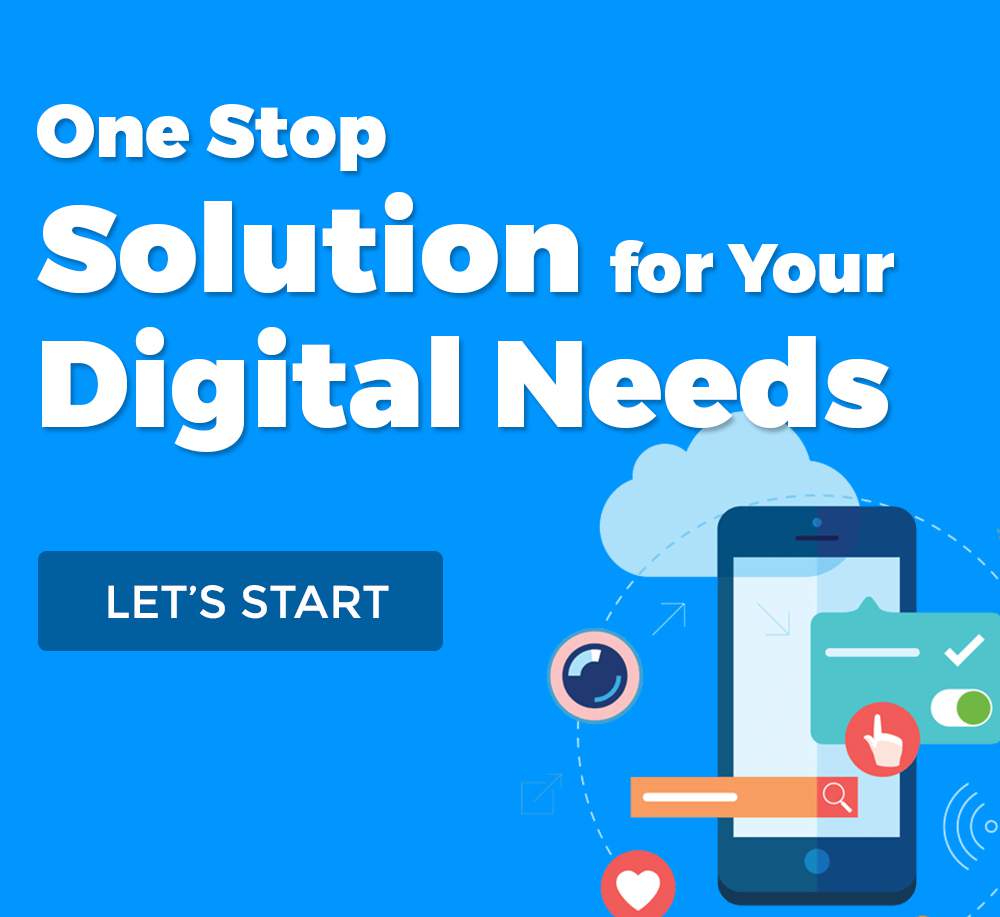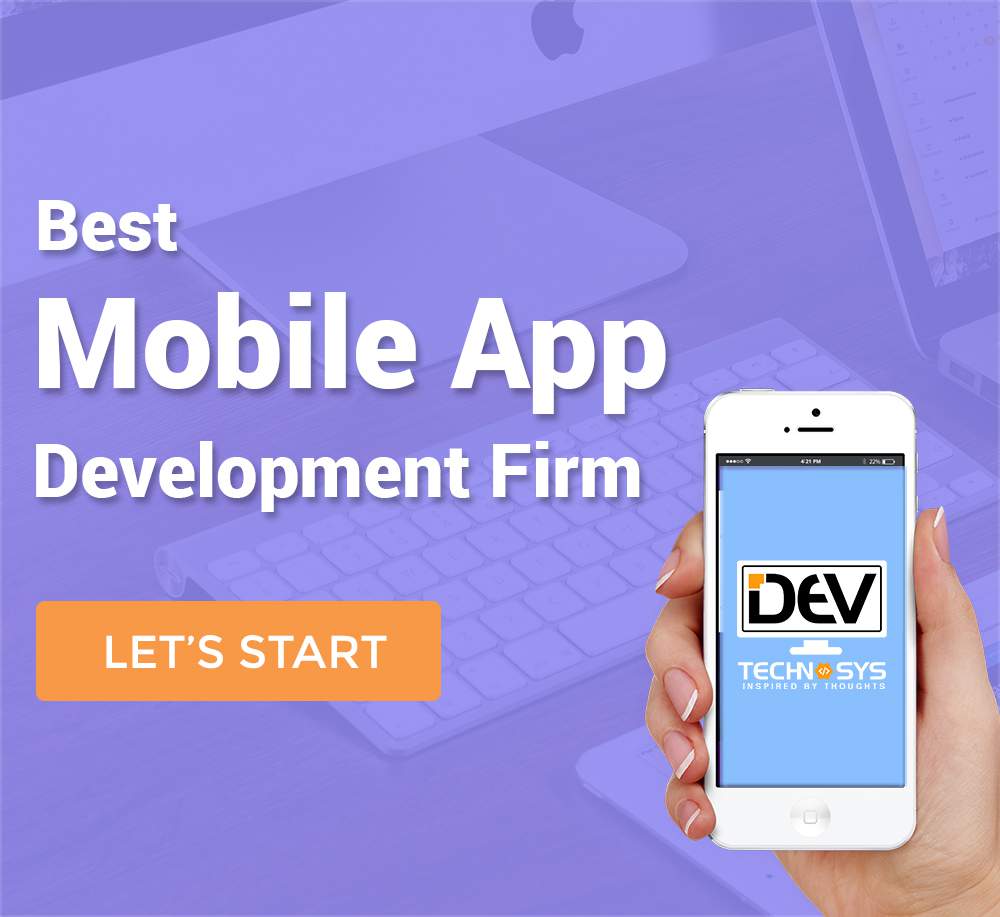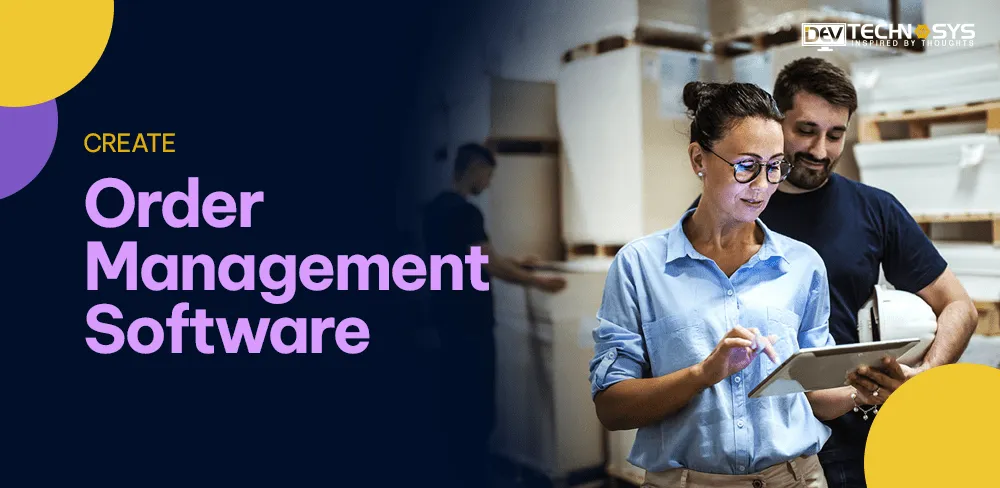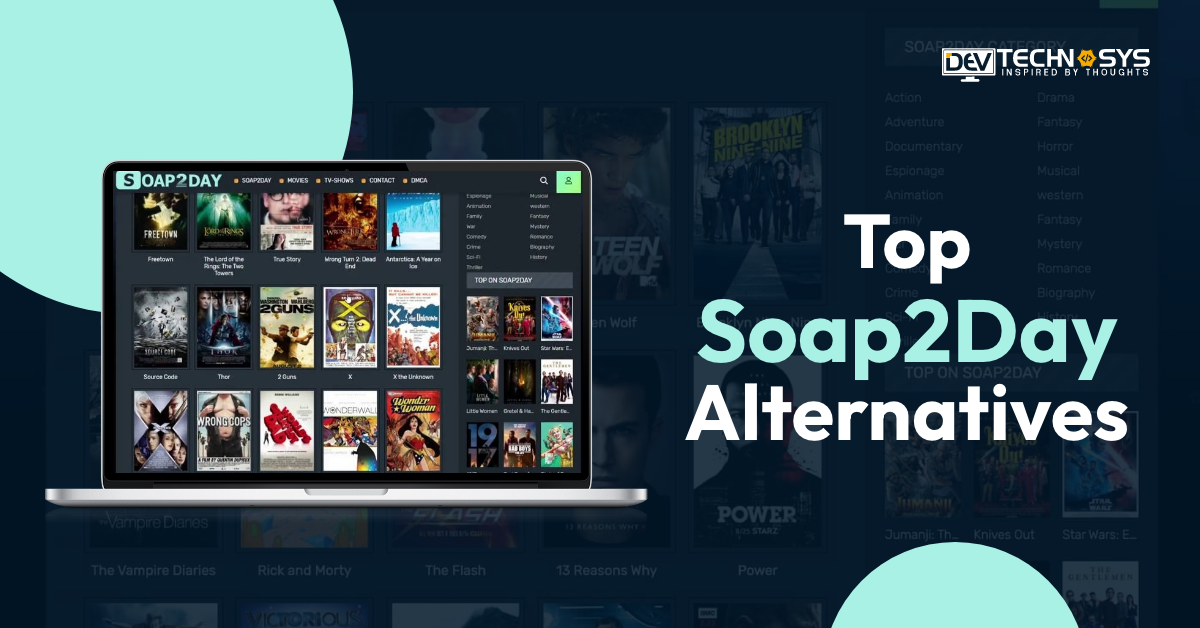
Sep
Top Phases to Go For Any Software Project
The SDLC or the Software Development Life Cycle can easily be defined in various ways by any company, but it generally contains pre-defined processes which work together in order to mature a particular concept into a software project. It includes Requirement Gathering and Analysis, the Designing, Development of the Project, Testing and then the Production Implementation. For any web and mobile development company, it has to follow the particular phases to go for any software project.
Steps You Should Follow for a Software Development
- Gathering of Requirements and Analysis: During the phase of the gathering of requirements and analysis, it is quite vital that most of the important requirements are duly captured accurately. It is certainly the best to have all of the meetings as necessary to ensure that the requirements of the clients are understood. When it comes to the analysis of the requirements, one should try to easily identify any of the risks involved and then provide strategies for the purpose of risk mitigation.
All of the requirements need to be documented clearly and needs to be provided at the client meeting in order to keep track of what exactly has been discussed to make sure that everyone remains on the same page. In case it is possible, try to provide demos of the entire future application through screenshots or even a prototype to ensure that requirements are duly met successfully.
Read the Blog: Top challenges of Custom Software Development
- Designing Phase: In case of the design phase, all of the requirements need to be broken down, even more, to easily be able to forecast the entire timeline of the project and also estimate the total level of effort along with the number of resources that are required.
In this phase, you need to identify the specific designs as well as workflows for the entire application. You may wish to design particular specific pages and offer more details of what exactly needs to be created. In case the application is data-driven, you need to discuss which databases will be used and then create a specific data model. You will have to identify the right tools as well as software to be used to create the application.
- Development Phase: In case you have all the requirements detailed clearly and have managed to identify all the resources, the development phase can start. You need to assign specific tasks to every team member and then offer them with required documentation of all the requirements as well as design.
In this phase, the development tasks are duly broken down into different release efforts such that the application can easily be developed and completed in parts and the client can easily preview what exactly has been done during this particular process. Breaking up the entire development effort is quite crucial to provide best interim results to the clients.
Else, you may certainly find that what has been developed fails to meet the requirements of the client. It is better to keep the client involved during the process of development to make sure that the application is kept on the right track.
Read the Blog: How Custom Software Development can Benefit Your Business?
- Testing Phase: This phase starts after the development release has been duly completed. In usual cases, the application is released to the group called Quality Control that will test all of the functionalities of the software project. After the release has been successfully completed, the development, as well as testing phases, are done iteratively as different issues and problems are found, corrected and then again retested.
After the entire completion of QC, the next vital resting activity is done which is called User Acceptance Testing that needs to be done by the client. The testers often find different problems which aren’t caught by the QC testers as they may not understand fully the application or even its data. It is always to provide time for the UAT testing before custom software development company approve an application to the next phase of production implementation.
- Production Implementation: Once all of the different phases are duly completed, you have to prepare for the final production implementation. In case of the first-time deployment, you can easily deploy the entire code repository and database and then you will only wish to deploy particular changes for all of your release efforts.
In order to keep track of these things, it is better to use different software tools. In case it is possible, you may want to package or even export the entire database for the deployment on the particular production server. In case of application code, you need to create a zip file of the application in order to deploy.



















